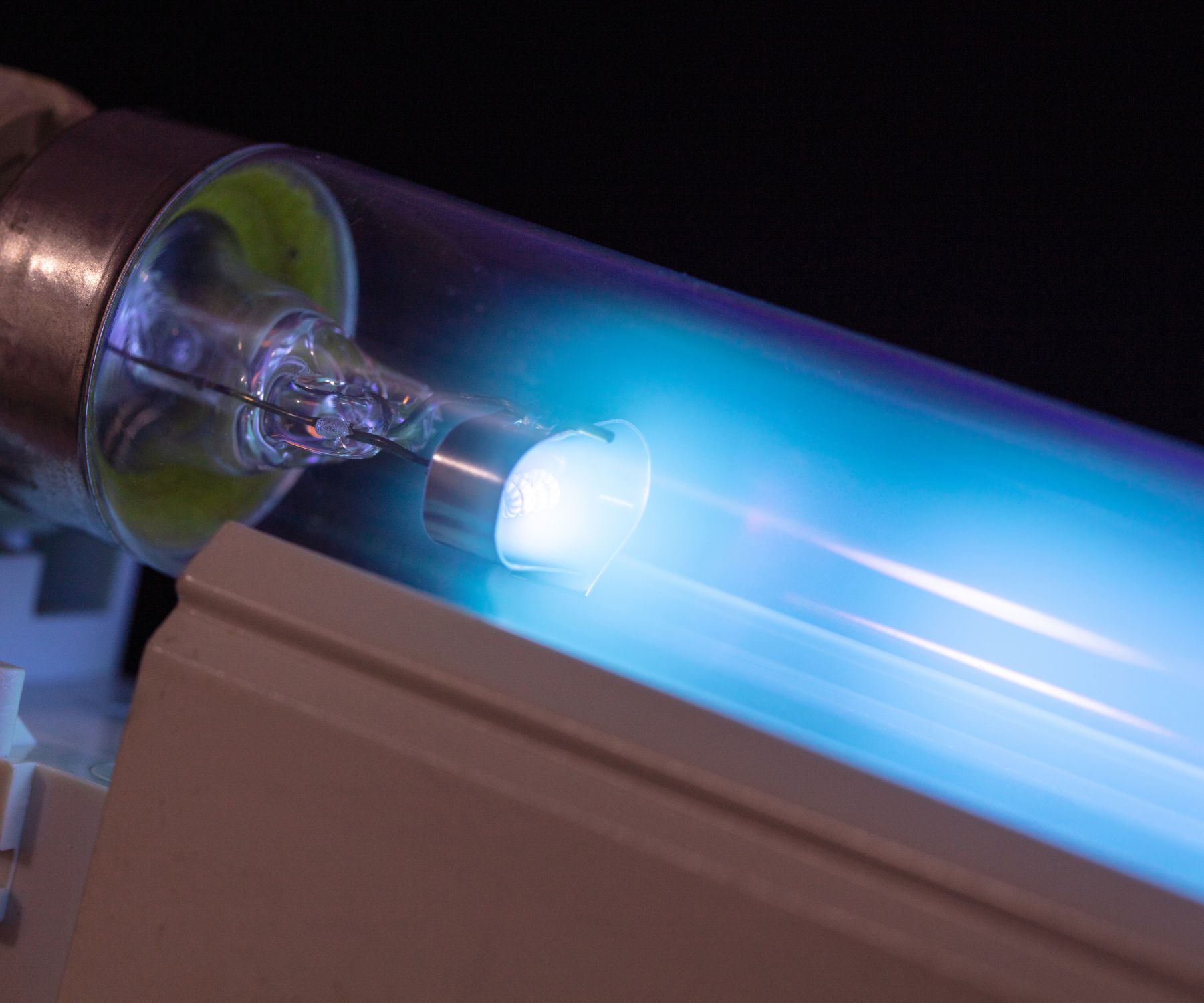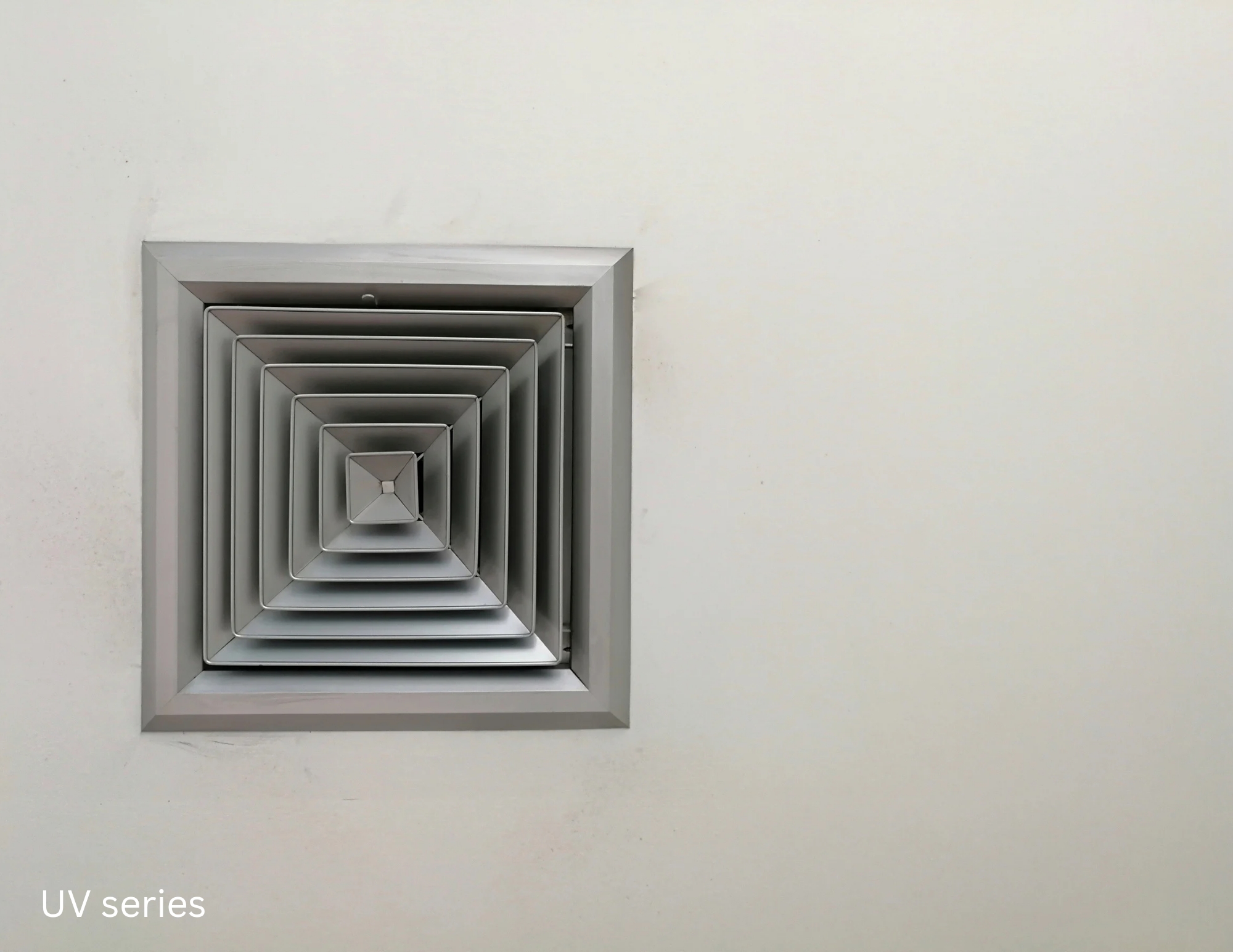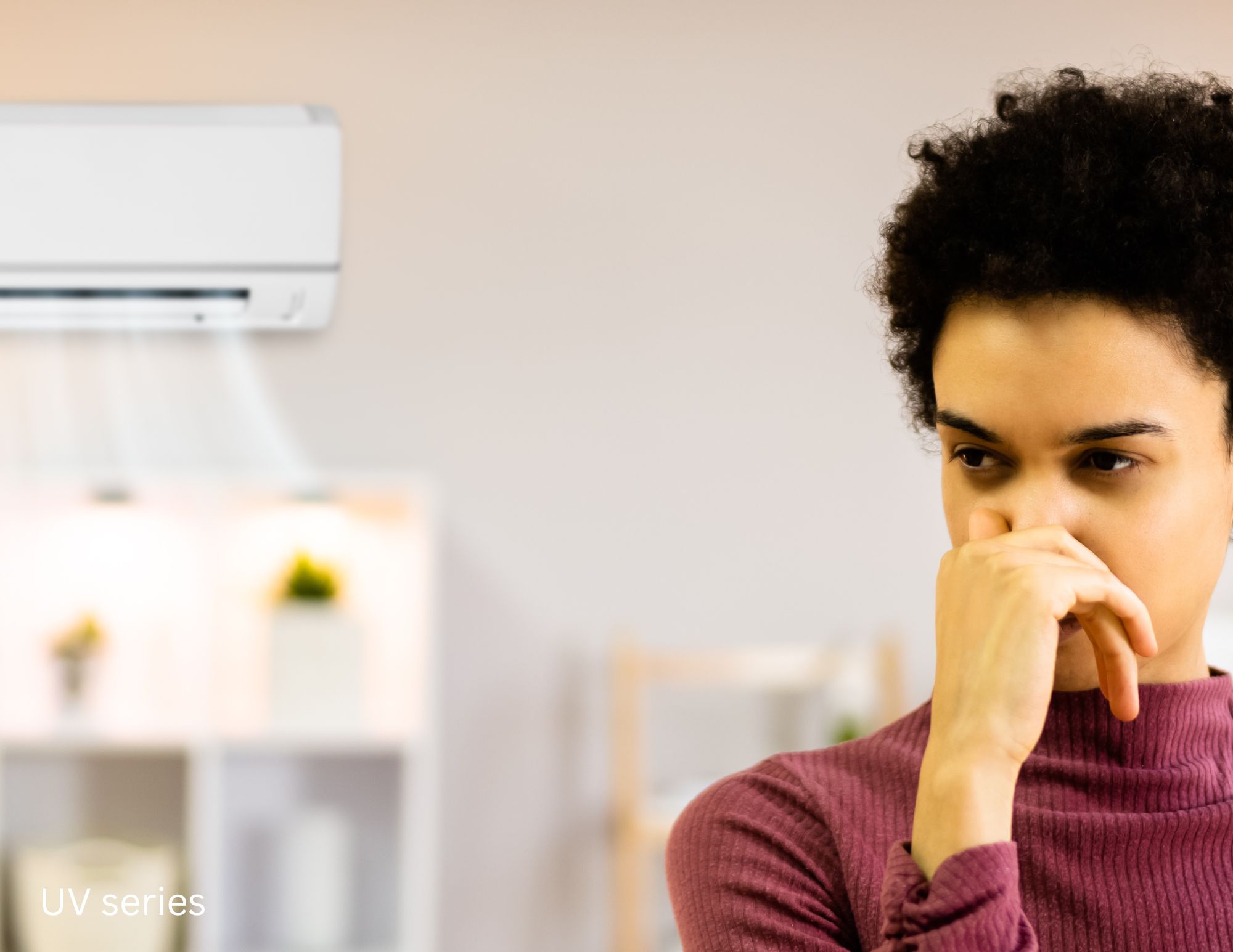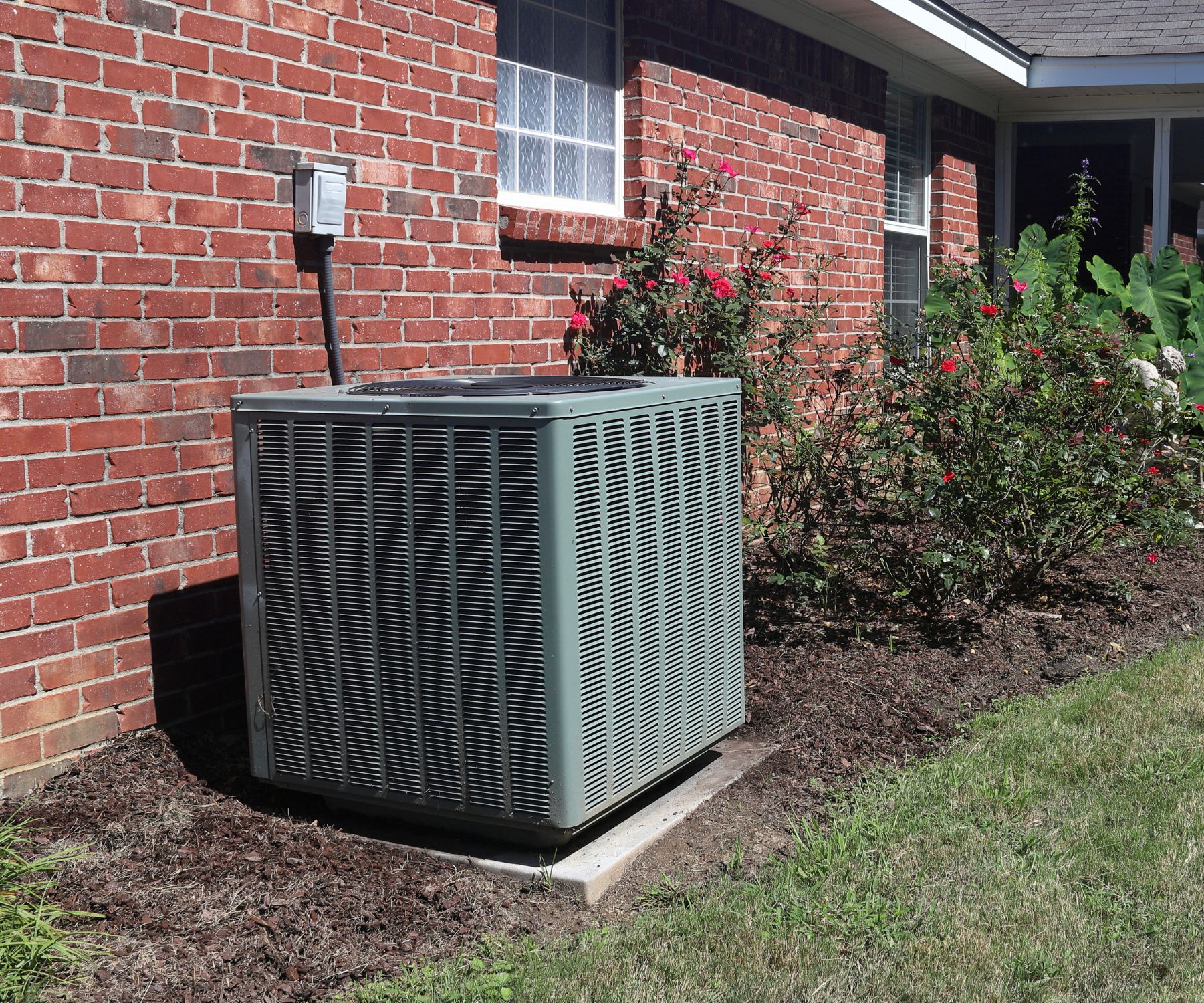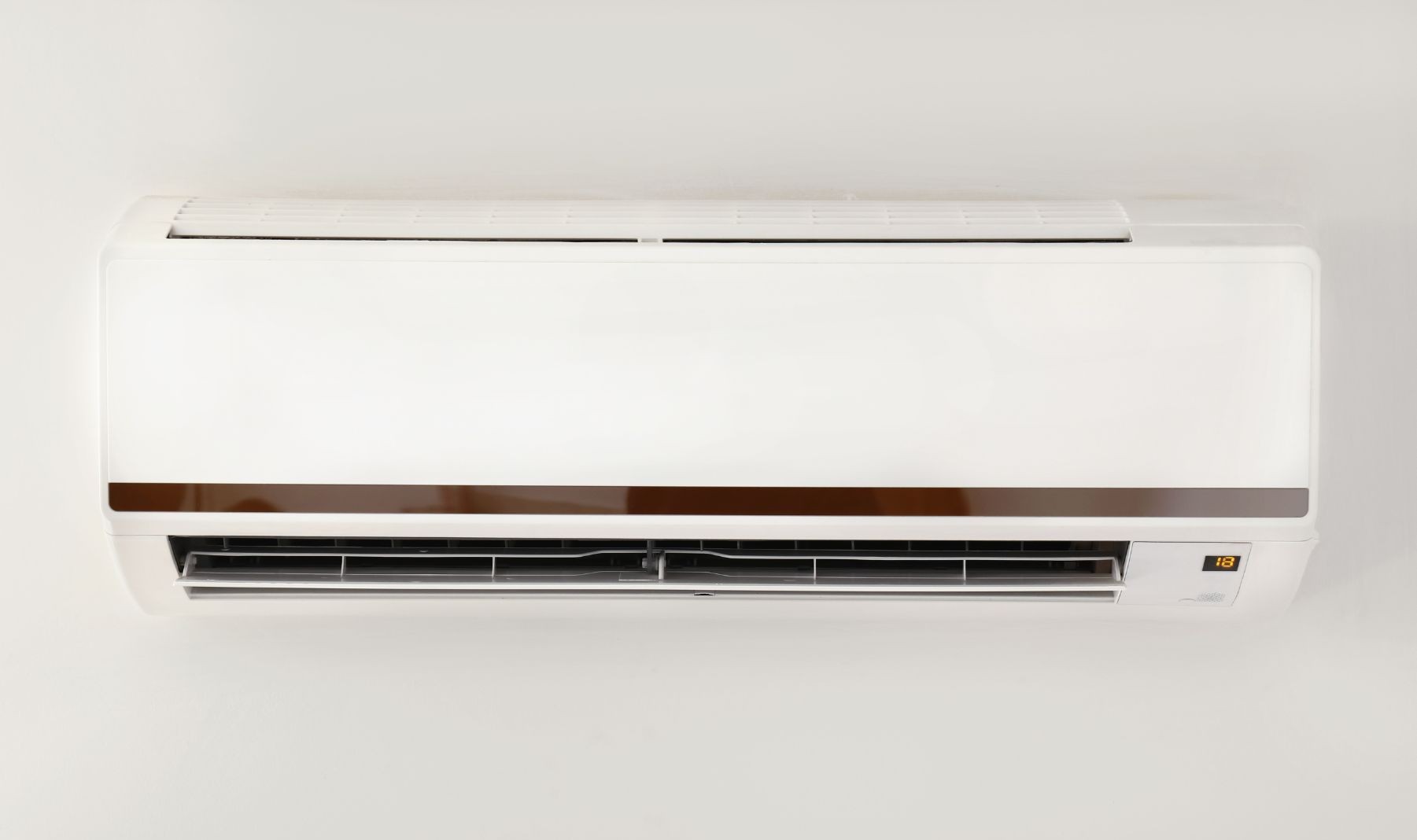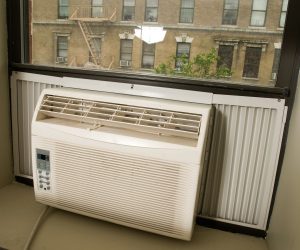Can you imagine having to live without extension cords and power strips? These days, it seems like there is a power strip on every plug to accommodate every thing that needs power.
But there are times when extension cords should not be used.
Can I Use an Extension Cord With a Window Air Conditioner?
Sure, you can use an extension cord with a window air conditioner. But, it’s important to make sure you use the right kind of cord and that it’s in good condition.
A heavy duty cord in good condition that is rated for a window AC are the main points here.
Do you have the right cord?
1. The Right Wattage
You want to make sure the extension cord is rated for the wattage of your air conditioner.
The wattage should be listed on the air conditioner or in the manual. Make sure the cord you buy can handle that amount of power.
2. Quality
you want to use a heavy-duty extension cord. This means the cord should be thicker and made of durable materials.
This is important because the air conditioner will be pulling a lot of power, and a regular cord may not be able to handle it.
A heavier gauge cord will go hand in hand with the wattage that it is able to handle but it’s worth hammering the point home.
3. Good Condition
You want to make sure the cord is in good condition. This should go without saying.
But a cord that is in good condition means that there are no frayed wires, no bare areas where you can see the wires, or damage to the plug.
If the cord is damaged in any way, it can be a fire hazard.
4.Tripping Hazzard
Extension cords can be tripping hazards. You want to make sure the cord is long enough to reach the outlet and the air conditioner.
But if you have an extension cord that is too long drawn out across the room, you can bet someone’s going to trip over it.
Can I use an extension cord with a window air conditioner?
Using an extension cord with a window air conditioner is possible, but it’s important to use the right kind of cord and make sure it’s in good condition.
Use heavy-duty extension cord, and make sure to check that the wattage of your air conditioner and cord match.
And make sure that the cord is in good condition with no areas where you can see wires, and remember that if there’s a extension cord drawn out across a room, you can bet someone’s going to trip over it.ar

